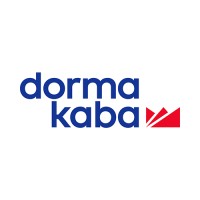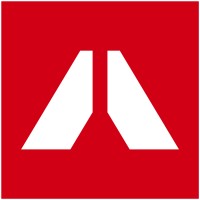Company Cyber Security Posture
NANA
NA Company Details
NA
NA
NA
NA
NA
NA
Scan still pending
NA
NA
Between 200 and 800
This score is AI-generated and less favored by cyber insurers, who prefer the TPRM score.
 NA Global Score
NA Global Score.png)

Company Scoring based on AI Models
| Model Name | Date | Description | Current Score Difference | Score |
|---|---|---|---|---|
| AVERAGE-Industry | 03-12-2025 | This score represents the average cybersecurity rating of companies already scanned within the same industry. It provides a benchmark to compare an individual company's security posture against its industry peers. | N/A | Between 200 and 800 |
Company Cyber Security News & History
| Entity | Type | Severity | Impact | Seen | Url ID | Details | View |
|---|
Company Subsidiaries

NA
Access Data Using Our API

Get company history
.png)
NA Cyber Security News
Organización Corona's Strategic Divestment: A Calculated Move to Focus on Core Growth
By offloading non-core assets, Corona aims to reallocate capital toward high-growth sectors like its $400 million cement plant in Sonson, ...

NA Similar Companies

Owens Corning
Owens Corning is a residential and commercial building products leader committed to building a sustainable future through material innovation. Our products provide durable, sustainable, energy-efficient solutions that leverage our unique capabilities and market-leading positions to help our customer

ASSA ABLOY Group
Let’s create a safer and more open world – together! ASSA ABLOY is the global leader in access solutions with sales of SEK 150 billion and 63,000 employees. The Group has operations in over 70 countries and sales worldwide. ASSA ABLOY’s innovations enable safe, secure and convenient access to physi

Ambuja Cements Limited
Ambuja Cements Ltd. is among the leading cement companies in India. It is a member of the Adani Group - the largest and fastest-growing portfolio of diversified sustainable businesses. Ambuja Cement is known for its hassle-free, home-building solutions. Its unique products tailor-made for Indian cli

dormakaba
For every place that matters Our purpose reflects on the contribution we bring to society: We are where our communities come together - from places across town or across the world. In schools and universities, in stadiums, airports, hospitals and workplaces. We provide safety, security, and sustain

Reem Emirates Aluminum LLC
Reem Emirates Aluminum (REA) is a value based organization which is built on the pillars of commitment to quality product, service and optimal productivity. Established in May 2006, we strive to provide innovative and cutting-edge facade solutions to the rapidly growing construction industry in UAE

ROCKWOOL Group
We release the natural power of stone to enrich modern living. ROCKWOOL Group is a focused industrial company with leading positions in insulation, acoustic ceilings and horticultural growing media based on proprietary stone wool technology. We harness the properties that nature has given us to cr

Frequently Asked Questions
Explore insights on cybersecurity incidents, risk posture, and Rankiteo's assessments.
NA CyberSecurity History Information
How many cyber incidents has NA faced?
Total Incidents: According to Rankiteo, NA has faced 0 incidents in the past.
What types of cybersecurity incidents have occurred at NA?
Incident Types: The types of cybersecurity incidents that have occurred include .
Additional Questions
What Do We Measure?
















Every week, Rankiteo analyzes billions of signals to give organizations a sharper, faster view of emerging risks. With deeper, more actionable intelligence at their fingertips, security teams can outpace threat actors, respond instantly to Zero-Day attacks, and dramatically shrink their risk exposure window.
These are some of the factors we use to calculate the overall score:
Identify exposed access points, detect misconfigured SSL certificates, and uncover vulnerabilities across the network infrastructure.
Gain visibility into the software components used within an organization to detect vulnerabilities, manage risk, and ensure supply chain security.
Monitor and manage all IT assets and their configurations to ensure accurate, real-time visibility across the company's technology environment.
Leverage real-time insights on active threats, malware campaigns, and emerging vulnerabilities to proactively defend against evolving cyberattacks.




